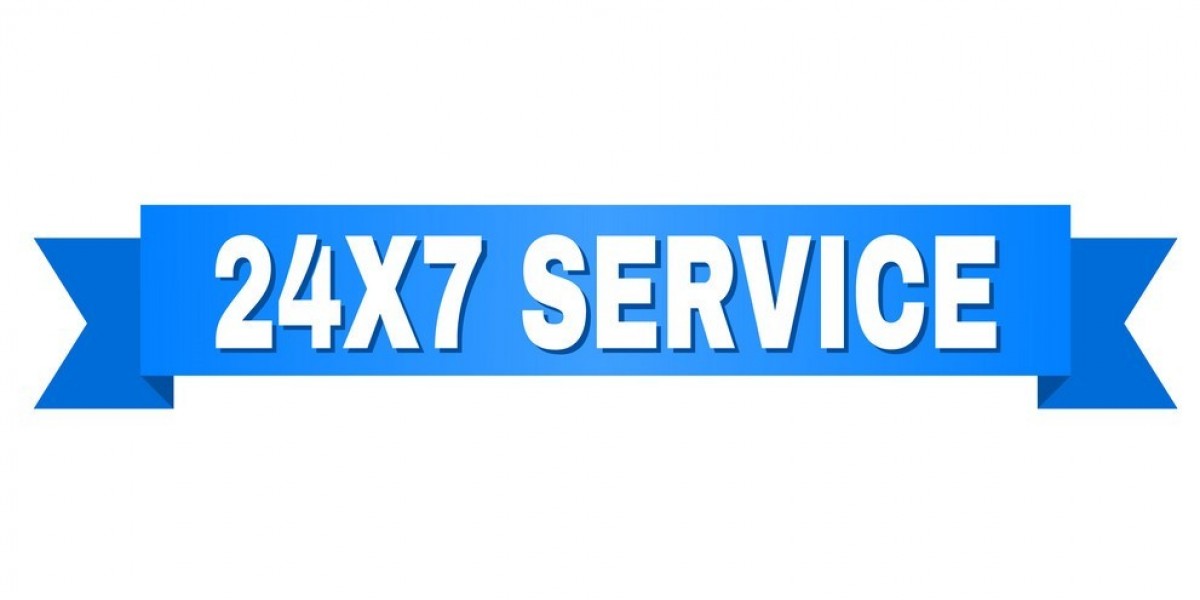In today's digital age, the shift towards electronic health records is revolutionizing how healthcare providers manage patient data. Medical record scanning services are at the forefront of this transformation, offering a secure and efficient solution for converting physical documents into digital formats. These services play a crucial role in enhancing patient data security, ensuring that sensitive information is protected against various risks associated with paper-based record-keeping.
Understanding Medical Record Scanning Services
Medical record scanning services involve the digitization of physical medical documents, such as patient histories, treatment plans, and insurance forms. By converting these records into digital files, healthcare providers can streamline their data management processes, improve accessibility, and enhance overall security. These services utilize advanced scanning technology and optical character recognition (OCR) to create high-quality, searchable digital records.
Key Features Enhancing Data Security
1. Quality Assurance
The accuracy and clarity of scanned documents are paramount in maintaining patient data integrity. Medical record scanning services employ state-of-the-art scanning devices that capture every detail of the original documents. This high-resolution scanning ensures that digital records are precise and reliable, minimizing the risk of data loss or misinterpretation.
2. Optical Character Recognition (OCR) Technology
OCR technology plays a pivotal role in improving data security by converting scanned images into machine-readable and editable text. This technology not only enhances the accuracy of digitized records but also facilitates easier data retrieval and management. By making text within scanned documents searchable, OCR reduces the likelihood of errors and ensures that critical patient information is readily accessible.
3. Onsite Document Scanning
To address the security concerns associated with handling sensitive medical records, many scanning services offer onsite document scanning. This approach involves setting up scanning operations at the healthcare facility's premises, allowing for secure processing of documents under strict supervision. Onsite scanning minimizes the risk of data breaches during transportation and ensures that patient records remain confidential throughout the digitization process.
4. Advanced Scanning Devices
Utilizing the latest scanning technology is crucial for maintaining data security. Modern scanning devices are designed to handle large volumes of documents efficiently, converting them into digital formats with high precision. This capability not only enhances the accuracy of the scanning process but also ensures that digital records are quickly accessible and protected from unauthorized access.
Risks of Paper-Based Medical Record Keeping
Maintaining medical records in a physical format presents several risks that can compromise patient data security. Paper records are susceptible to physical damage, loss, and unauthorized access. In addition, managing large volumes of paper documents can lead to inefficiencies and potential breaches in patient confidentiality. Transitioning to digital records helps mitigate these risks by providing a more secure and organized method of data management.
Types of Documents Scanned
Medical record scanning services encompass a wide range of document types, including:
- Patient Records: Medical histories, treatment plans, discharge summaries, progress notes, and prescription records.
- Insurance Forms: Insurance claims, billing statements, and authorizations.
- Administrative Documents: Consent forms, patient registration details, and insurance information.
- Imaging Records: MRI scans, X-rays, CT scans, and other medical imaging studies.
- Research Documents: Clinical trial reports, medical literature, and research studies.
- Legal Documents: Power of attorney forms, patient care legal documents, and lab reports.
Frequently Asked Questions
How secure is your medical record scanning service?
Medical record scanning services prioritize data security through advanced technology and strict protocols, including onsite scanning and high-resolution imaging.
How does the medical record scanning process work?
The process involves scanning physical documents, converting them into digital files, and utilizing OCR technology to make the records searchable and editable.
What happens to my medical records after they are scanned?
After scanning, the digital records are stored securely, with access restricted to authorized personnel to ensure data confidentiality.
Is it possible to edit my scanned medical record?
Yes, OCR technology allows for editing and updating scanned records as needed while maintaining data accuracy.
How long does it take to digitize paper medical records?
The time required depends on the volume of documents and the complexity of the scanning process. Generally, modern scanning services can efficiently handle large quantities of records.
Conclusion
Medical record scanning services significantly enhance patient data security by addressing the risks associated with paper-based record-keeping. With advanced scanning technology, OCR capabilities, and secure onsite scanning options, these services ensure that sensitive information is accurately captured and securely stored. Embracing document digitization services ultimately provides healthcare providers with a more efficient, secure, and accessible method for managing patient data, contributing to better overall patient care and data protection.







